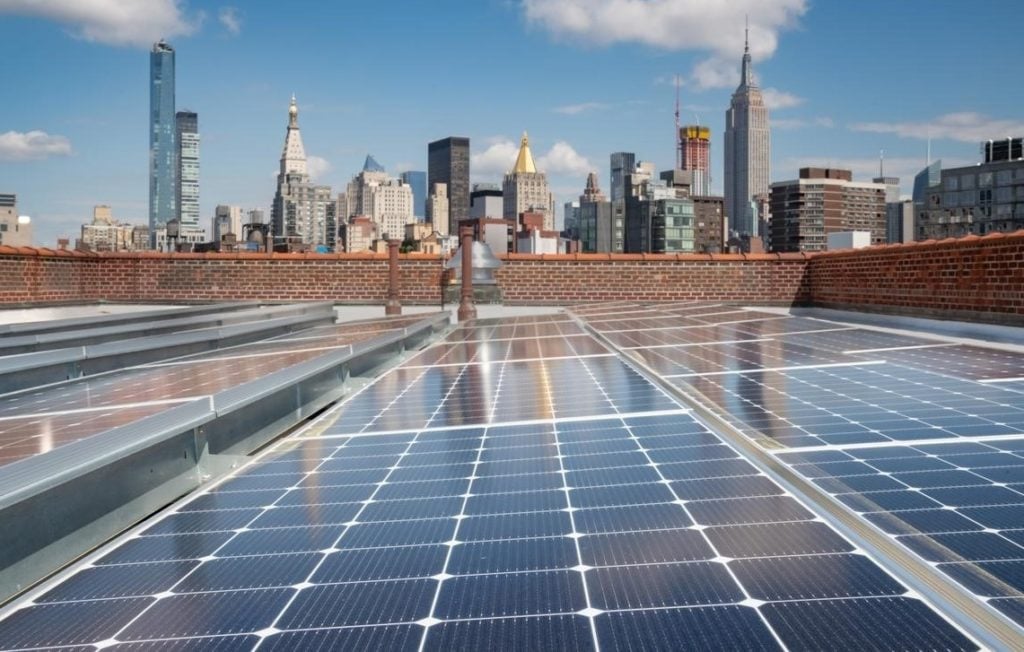
The plan which will guide New York to its 2030 energy storage target has been approved, while competitive solicitations for onshore renewables have been launched in the state.
State governor Kathy Hochul announced last week (20 June) that the Energy Storage Roadmap 2.0 devised by staff at the New York Department of Public Service and New York State Energy Research and Development Authority (NYSERDA) has been approved by the New York Public Service Commission (PSC).
Try Premium for just $1
- Full premium access for the first month at only $1
- Converts to an annual rate after 30 days unless cancelled
- Cancel anytime during the trial period
Premium Benefits
- Expert industry analysis and interviews
- Digital access to PV Tech Power journal
- Exclusive event discounts
Or get the full Premium subscription right away
Or continue reading this article for free
On the same day, Hochul also said a new large-scale competitive solicitation for onshore renewable energy resources will be held, administered by NYSERDA.
The solicitation for large-scale resources requires projects to undergo a two-step eligibility process. The first requires submission of proof that a project is classified as Tier 1 by NYSERDA, which is due by 15th July. The second is a competitive bid proposal wherein NYSERDA will assess proposals and conduct a competitive comparison based on both price and non-price factors. Bids for this step are due by 8th August, 2024.
Eligible projects must be operational by 30th November, 2026, and successful bids will be notified of acceptance by the end of September 2024.
Both renewables and energy storage are considered key to achieving targets that include 70% renewable energy on the New York grid by 2030, and the deployment of 6GW of energy storage by that date.
The targets are at the heart of the state’s Climate Protection and Community Leadership Act (CPCLA), which was initiated by Hochul’s predecessor Andrew Cuomo. Shortly Hochul took office at the beginning of 2023, the storage target was doubled from 3GW to its current goal.
As well as helping New York to decarbonise towards 100% emissions-free electricity by 2040 and contributing to improved air quality, the addition of energy storage at both large-scale and distributed scales would lower electricity system costs by about US$2 billion, Hochul said last week.
As of the beginning of April, New York State had awarded about US$200 million in incentives to around 396MW of BESS now in operation, while it has contracted for a further 581MW that are moving towards construction. That however leaves it well behind national leading states such as Texas and California, the latter of which has surpassed 10GW of batteries connected to its main CAISO grid.
This story first appeared on our sister site, Energy-storage.news. You can read the full version here.
Additional reporting for PV Tech by Will Norman.






